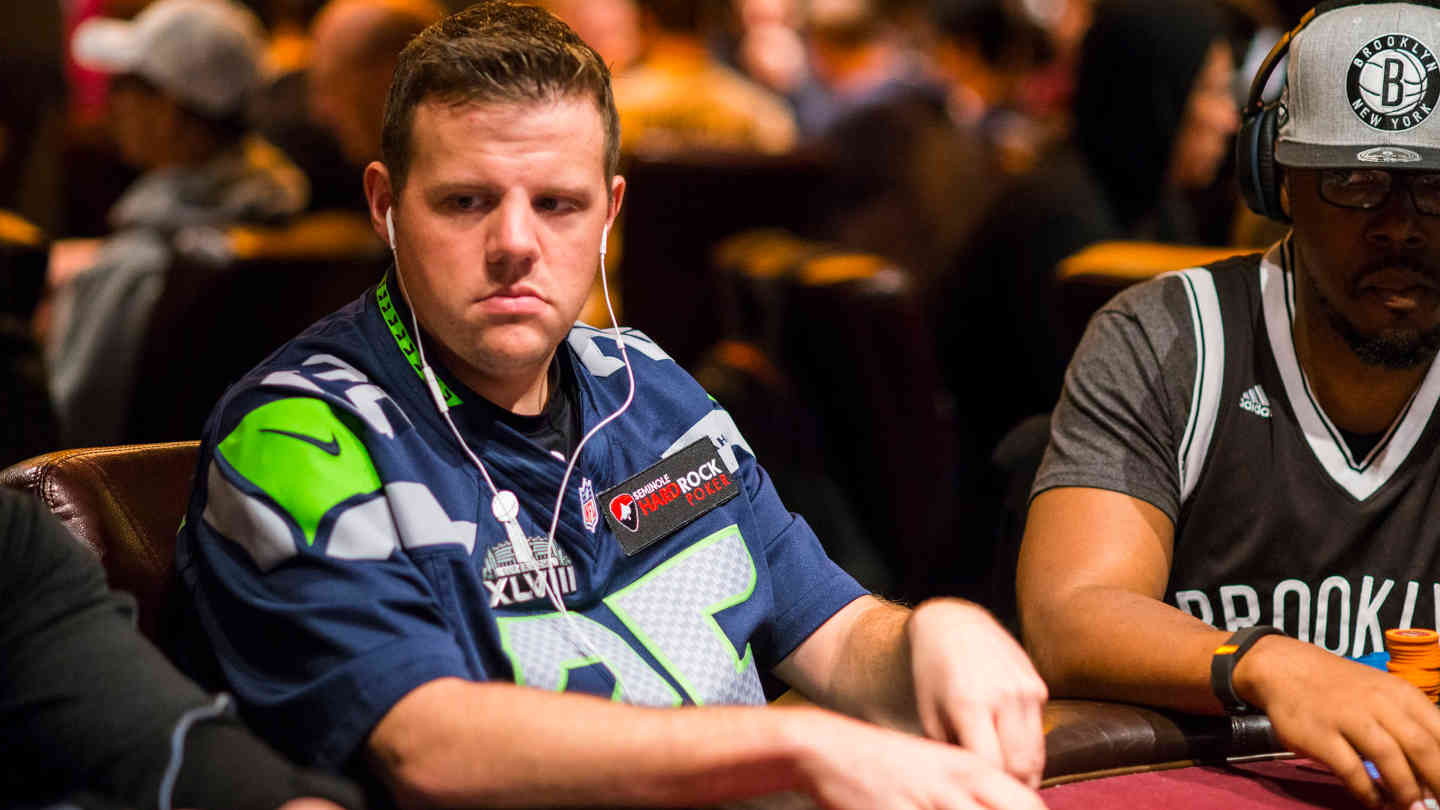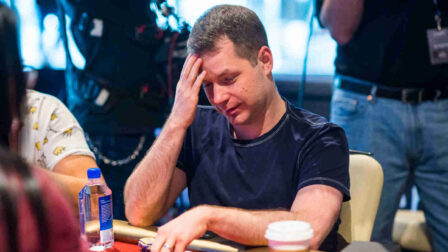Understanding Your Stats: How to Use a HUD to Improve Your Game
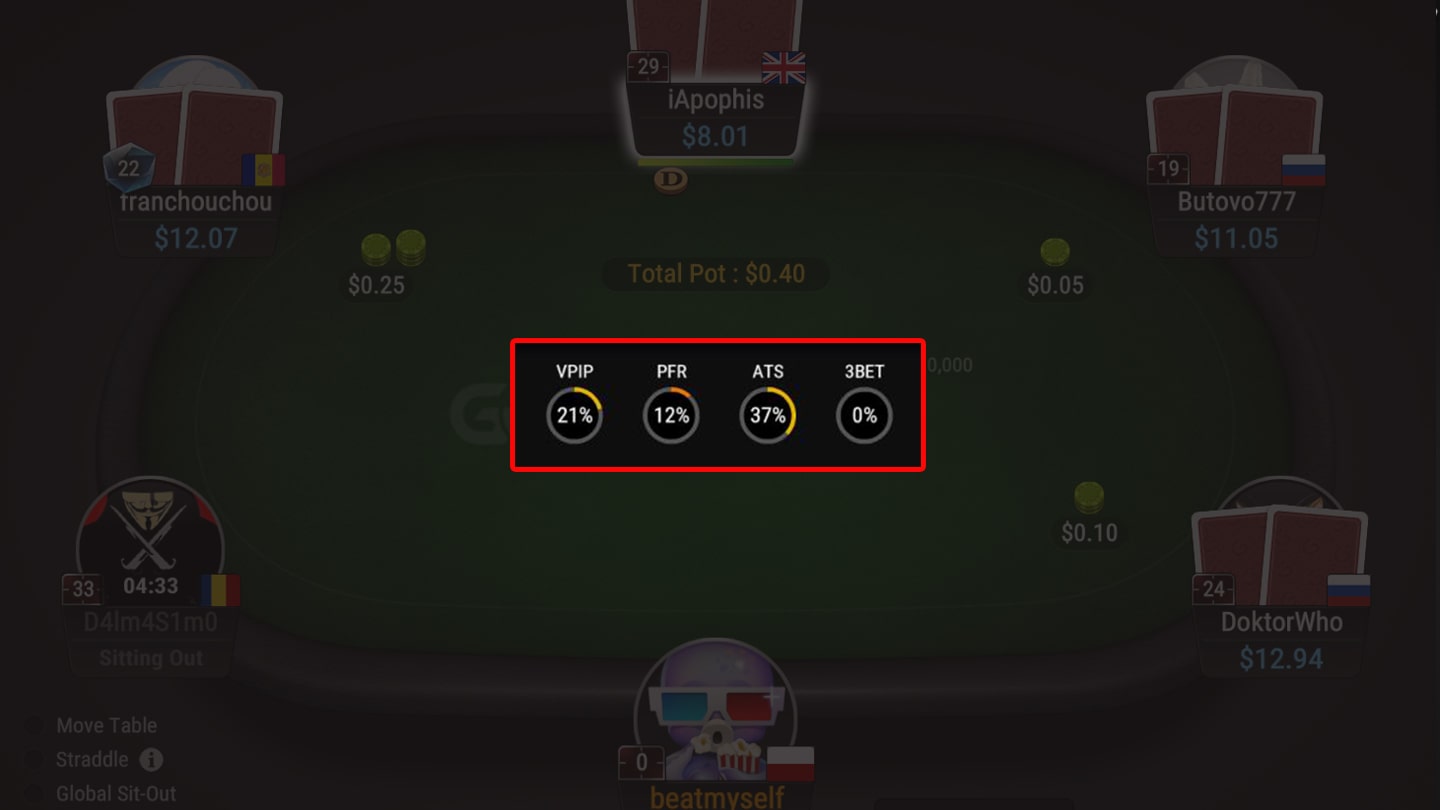
7 minutes
Last Updated: June 6, 2023
Let’s be honest: It is difficult to sustain an edge in online poker. Online players cannot see their opponents which means they cannot pick up physical tells or develop live reads.
So how can online players overcome this information deficit to make the right decisions in big spots? On poker sites that still allow them, heads-up displays (HUDs) are a necessary tool for achieving any type of success.
The reality is that online poker players who are not using a HUD when they can are essentially playing with a hand tied behind their back.
Online poker is simply too competitive to not utilize the best poker tools at your disposal. Given this reality, here are the best ways to use a HUD to improve your game:
Understand the Key Stats
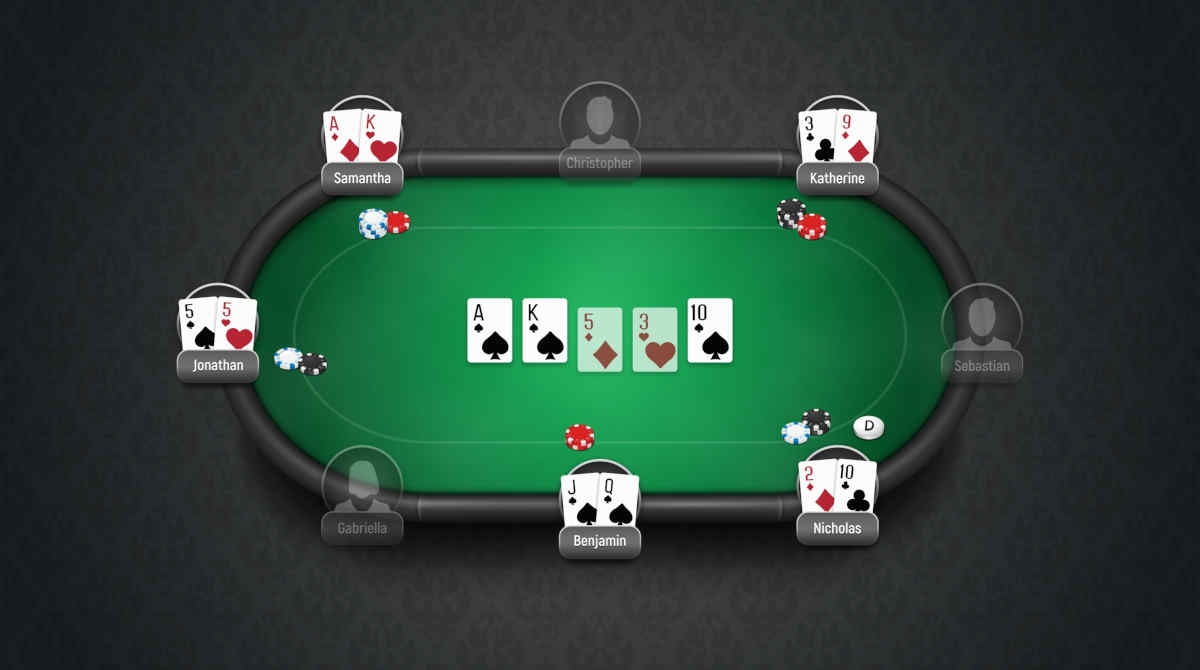
HUD stats contain many acronyms, and it is important to understand these stats to be able to categorize opponents as well as to identify your leaks. The following are some of the most important stats to pay attention to:
VPIP
This stands for voluntarily put (money) into the pot. VPIP tells you the percentage of hands that you and your opponents are playing.
When you limp in, raise, call a raise, or re-raise preflop, you are voluntarily putting money into the pot.
If it is a limped pot and you check your big blind, this will not count towards VPIP because you did not voluntarily introduce any new money into the pot (but if you called a raise from the big blind, this would count).
VPIP is ultimately a measure of how tight or loose a poker player is. Most online poker players in a full ring (9-handed) game will have a VPIP in the 20-30 range.
It is fair to label a player with a VPIP below 20 as very tight and label a player with a VPIP above 30 as very loose.
Playing too many poker hands is typically the easiest way to burn money, and players can observe their own VPIP to prevent this and make sure they are playing a strong range of hands.
It is always helpful to color-code and categorize opponents based on poker stats like VPIP to find the right exploits.
Meanwhile, players can also look at the VPIP of their opponents to see if they are in a loose, splashy game or a tight game which might be less profitable.
PFR
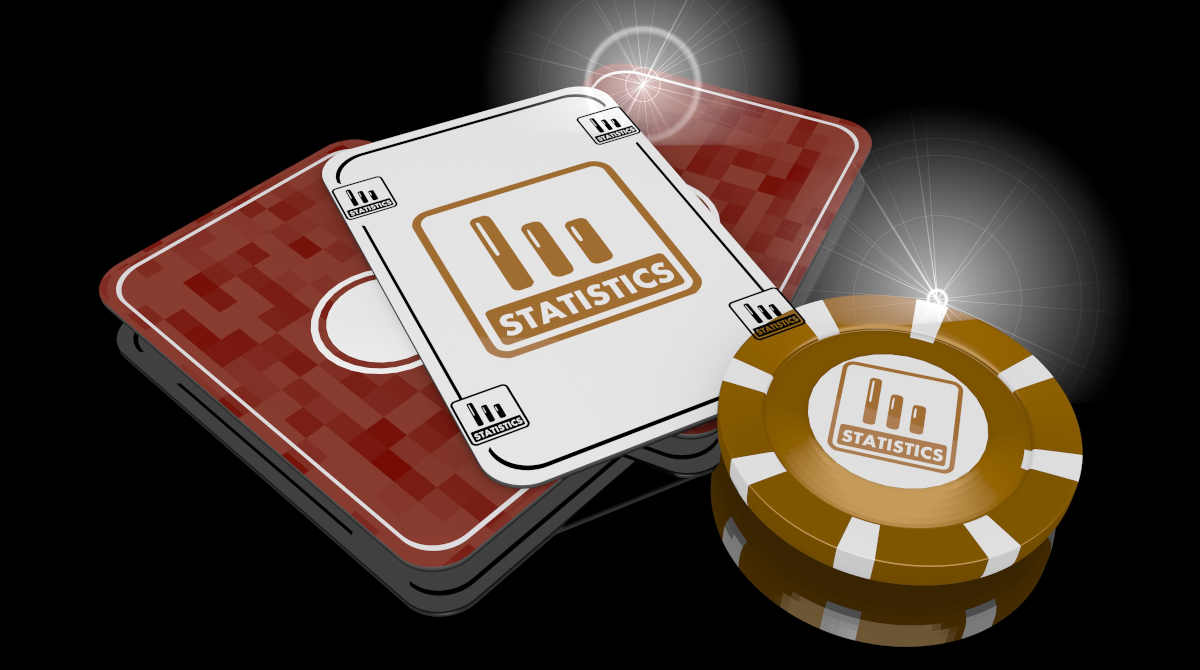
This stands for preflop raise percentage. PFR can help you determine how aggressive or passive a player is.
A high PFR means that a player is typically entering the pot as the raiser or 3-bettor. In other words, they are often the aggressor. Meanwhile, a low PFR means a player is more passive.
It is helpful to pair VPIP and PFR together to get a more complete picture of a player.
For example, if a player has a VPIP of 20 and a PFR of 14, it means they are playing a tight-aggressive game: They are playing just 20 percent of all hands, and 14/20 or 70% are being played as the preflop raiser.
Having PFR be at least 70% of VPIP is a good benchmark to strive to hit to ensure you are playing a fundamentally sound, aggressive preflop game.
After all, aggressive play is typically more profitable than passive play.
If a different player had a VPIP of 40 and a PFR of 8, we could conclude this player is quite loose and passive. They are doing a ton of limping into pots or flat-calling raises as their PFR is only 20% of their VPIP.
Loose-passive opponents are typically losing poker players, and choosing games with a lot of players with stat profiles like 40/8 will likely be a profitable game-selection strategy.
3-Bet%
This refers to how often an opponent 3-bets or re-raises another player preflop. It is important to pay attention to this stat in order to understand what type of range an opponent has when you raise preflop and they re-raise.
This can help you determine whether the best play is to call, fold, or 4-bet.
The 3bet% may vary across positions as players often 3-bet more frequently from later positions like the button and small blind.
It will be helpful to note the positions of the raiser and the 3-bettor as these will likely affect a player’s 3bet% and range.
It is critical to know whether there are aggressive 3-bettors behind you as this affects how wide of a range you can profitably open.
It also determines whether flat-calling is even a possibility in a given game because if players are squeezing aggressively behind you, it reduces the profitability of having a calling range.
Tracking Your Results
![]()
HUDs are also great for tracking your success. They can show your overall win-rate in BB/100 (big blinds won or lost per 100 hands).
They can also give you a more granular view of how you are performing by position and help identify where your biggest leaks and areas for improvement are.
For example, you might see that your win rate on the button is 12 BB/100. However, your HUD may show that from the small blind you are losing 35 BB/100 and losing 65 BB/100 from the big blind.
Of course it is expected that your win rate will be substantially better from the button than the blinds, but a disparity like this can alert you to leaks that you should be plugging.
HUDs can also show you how you are performing across different stakes, different session durations, and tables with varying numbers of players.
While some players are disciplined enough to track this for themselves in spreadsheets, the HUD data is still a great backup and is vital for players who are not currently keeping good records.
This data can help players decide which games to specialize in, how much to buy in for, and how long to play.
Exporting your HUD Data to Poker Coaches

One of the best ways to improve your game is by exporting your HUD data to a qualified poker coach. Poker coaches know what good preflop and postflop frequencies look like, and they can quickly identify leaks in your game by analyzing your data.
Popular HUDs like Holdem Manager and PokerTracker have export features where you can email your data as Excel or CSV files. They have pre-made reports on many facets of the game like continuation betting, preflop strategy, and all-in adjusted expected value.
But, their reports are also highly customizable, and a good coach can tell you which stats are most important to export.
Ideally, the coach will put together an analysis report or presentation for you and explain your strengths and weaknesses from the data at a high level.
Often, poker coaching revolves around individual hand analysis which can be quite helpful (and HUDs do record all individual hands and their results).
But with a HUD analysis, a coach can truly see a global picture of your game across a large sample of hands. This helps with making improvements much more effectively than on an individual hand basis.
Typically a sample of 10,000 hands or more will be sufficient to begin drawing meaningful conclusions.
In addition, you will often need help with implementing the right poker strategy adjustments after leaks have been identified.
A coach can show you exactly how to make the right changes and then reevaluate your data at a later time to evaluate your progress.
Exporting a large sample of data to a professional can also help players avoid over-adjusting their strategies based on a few individual unlucky hands.
It becomes much easier to see the bigger picture and to make the appropriate changes when a HUD analysis from a large data sample is combined with coaching.
Be Data-Driven Without Being Results-Oriented
HUDs are insanely powerful tools for collecting and organizing large samples of data. Even players that specialize in live poker can benefit from playing online poker hands and analyzing their results using a HUD.
They can essentially view these online hands as batting practice and a way to collect data quickly and test out the profitability of new plays.
Over large samples, HUD data can be used to determine whether a player is directionally on the right track in different elements of the game.
But it is also important to acknowledge the powerful role of variance in poker and to not become too obsessed with results, especially in the short-term.
Over enough time, HUD results will eventually come to approximate a player’s poker abilities, but the primary focus should always be on perfecting the process and letting the chips fall where they may.










